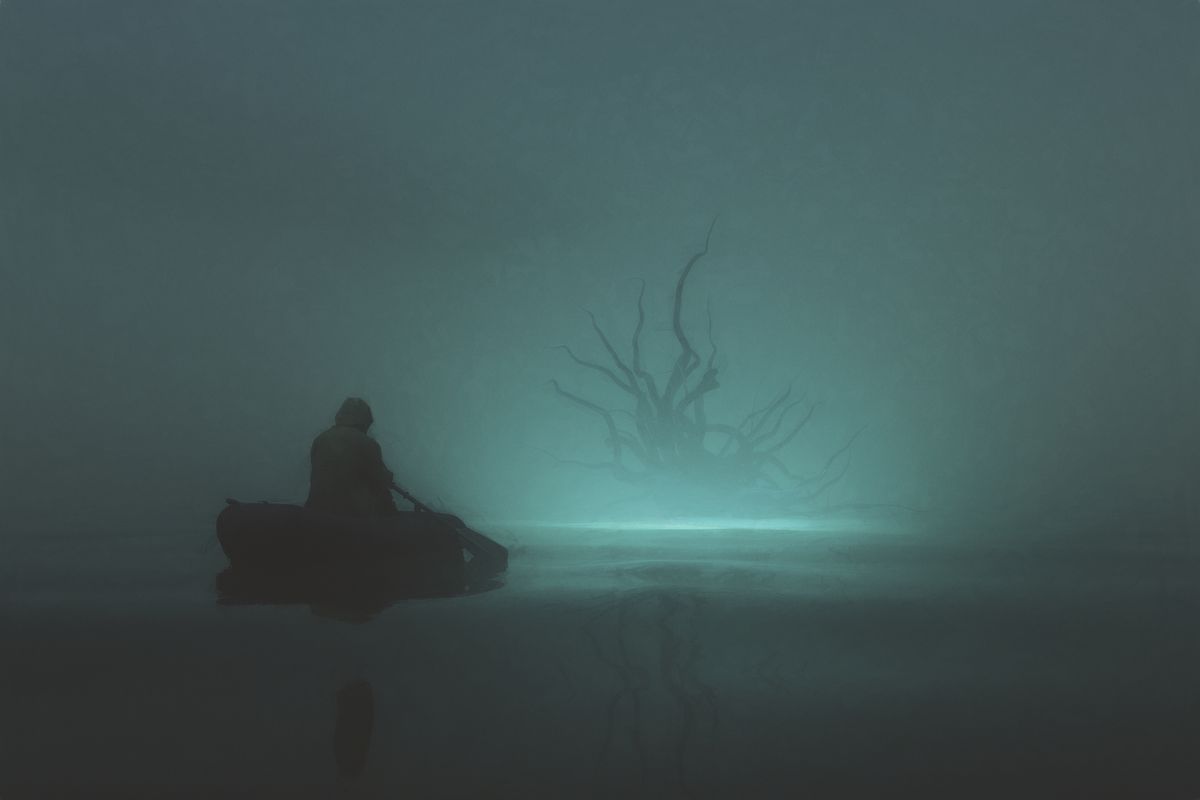The colossal squid (Mesonychoteuthis hamiltoni), the largest invertebrate species in the world, has long eluded scientists’ attempts to observe it in its natural habitat. However, a recent breakthrough by the non-profit ocean research team, Kolossal, may have changed that. They believe they have captured footage of a juvenile colossal squid traversing the waters around Antarctica. If confirmed, this would be the first video evidence of its kind.
Kolossal’s team managed to capture this footage by rigging a deep-sea camera to a polar tourism vessel, the Ocean Endeavor. This innovative method allowed them to explore the mysterious depths of the ocean, an environment that covers 71 percent of the Earth’s surface yet remains largely unexplored. The footage, released to the public and posted on YouTube by IFLScience, has generated significant excitement in the scientific community.
The Mysteries of the Deep
Despite being as long as a bus and weighing nearly 1,100 pounds when fully grown, the colossal squid has never been observed in its natural habitat. These immense cephalopods are believed to reside in the Southern Ocean surrounding Antarctica. Until now, scientists have only studied these creatures when they were accidentally caught in trawlers’ nets.
From December 2022 to March 2023, the Kolossal team conducted four expeditions to Antarctica, during which they stumbled upon what appears to be a juvenile colossal squid. This discovery is a testament to the team’s novel approach to oceanographic study, leveraging the burgeoning polar tourism industry to facilitate their research.
Innovative Research Methods
The Kolossal team’s method involved outfitting a polar tourism vessel with a deep-sea camera. This collaboration between tourism companies and researchers offers a cost-effective way to conduct crucial scientific research in the region. “Antarctica is experiencing rapid and complex change, and it is critical to have a better understanding of these changes for the region’s ocean ecosystems,” the Kolossal team wrote in a February paper detailing their method.
While the footage is still under peer review, experts like Aaron Evans are cautiously optimistic. “The two known Cranchiidae taxa seen in the Antarctic are Galiteuthis glacialis and Mesonychoteuthis hamiltoni,” Evans told IFLScience. “The squid seen here could belong to different life stages of either of those taxa—and is an exciting example of wild cranchiid behavior, as I cannot think of existing video footage of either of those squid in their natural environment.”
The Impact of the Discovery
Even if the footage cannot be definitively confirmed as a juvenile colossal squid, it represents a significant victory for marine biologists. Any video evidence of squid species in the Southern Ocean is rare, and this footage could provide invaluable insights into the behavior and habitat of these elusive creatures.
During their expeditions, the Kolossal team also documented nearly 80 other species, including giant volcano sponges and Antarctic sunflower stars. These findings contribute to our understanding of the diverse marine life in one of the most remote parts of the world.
Looking Ahead
The ultimate goal for the Kolossal team is to capture footage of an adult colossal squid in its natural environment. Although the world’s largest invertebrate remains one of the greatest mysteries of the animal kingdom, the innovative approaches and collaborative efforts of marine biologists and tourism vessels are bringing us closer to unveiling its secrets. As exploration continues, we may soon find answers to some of the most intriguing questions about our ocean planet.





